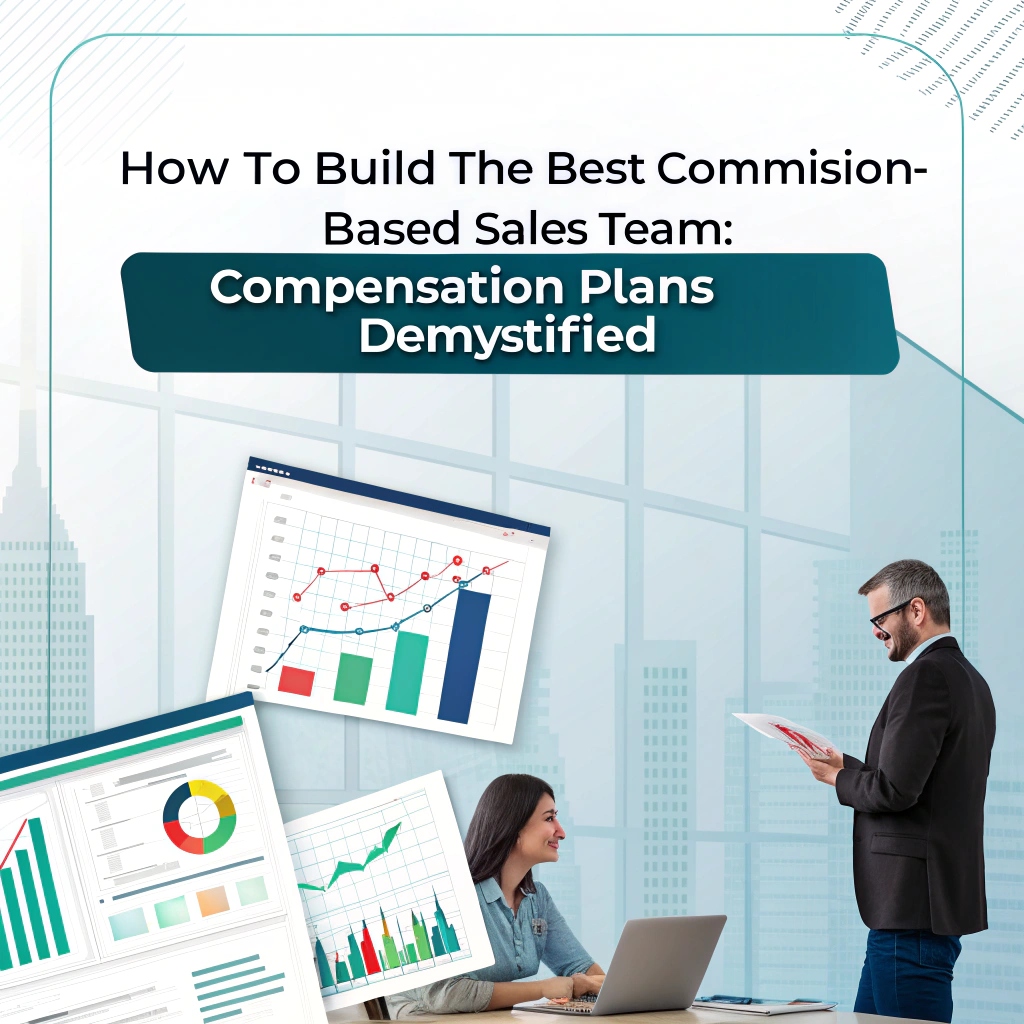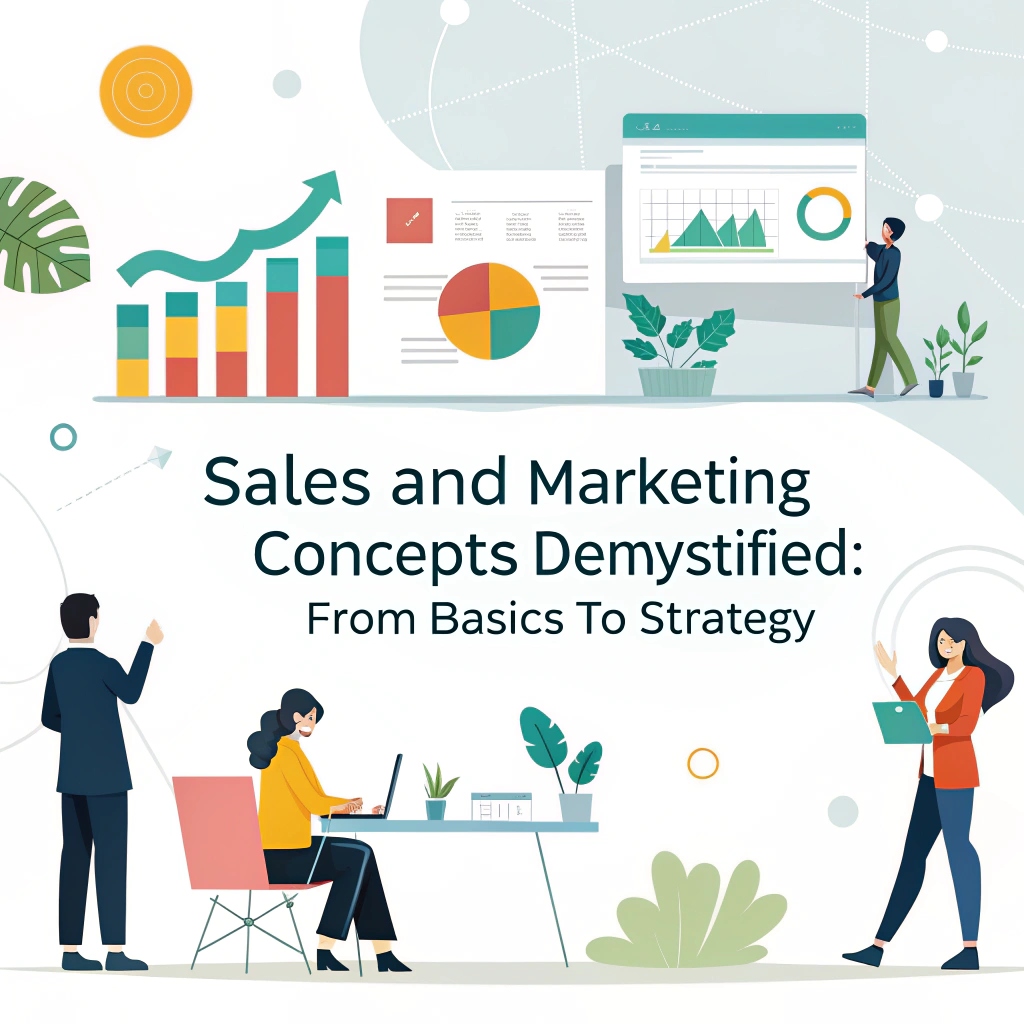
If you’ve ever asked yourself,
“Why isn’t my sales team performing like top-tier closers?” It might not be your product, your market—or even your training.
It might be your commission plan. Whether you’re launching a new team or revamping an existing one, designing a strong commission-based sales team isn’t just about hiring aggressive closers. It’s about building a motivational machine with the right people, the right incentives, and the right structure. This guide will demystify commission compensation plans, walk you through practical steps to build your dream team, and show you how to pay them in ways that boost performance, loyalty, and revenue.
Why Commission-Based Sales Works (When Done Right)
Before we get tactical, let’s understand why commission-based sales teams are such a powerful model.

The Advantages:
- ✅ Lower risk, higher ROI for businesses—pay only for performance
- ✅ Unlimited income potential for sales reps—attracts top performers
- ✅ Built-in motivation—reps are driven by direct rewards
But here’s the catch:
⚠️ A poorly built commission structure can backfire—causing demotivation, burnout, and unethical behavior.
That’s why we’re here—to help you build it right.
Step 1: Define Your Sales Model First
Before designing your compensation, ask:
- Are you selling products or services?
- Is the sales cycle short or long?
- Is your offer low-ticket or high-ticket?
- Do you need new customer acquisition, upselling, or retention?
Each scenario demands a different kind of sales structure.
🔹 For example:
- If you’re selling insurance policies, a residual commission model works well.
- If you’re selling enterprise SaaS, a base salary + tiered commission may fit best.
- If you’re selling fast-moving consumer goods (FMCG), a straight commission plan could boost volume.
Step 2: Choose the Right Commission Structure
🔸 1. Straight Commission
Reps are paid only on what they sell. Best for: Freelancers, real estate agents, or early-stage companies with no budget for salaries. Motivation Level: 🔥🔥🔥🔥🔥 Risk Level (for reps): ⚠️⚠️⚠️⚠️
🔸 2. Base Salary + Commission
A fixed salary + variable commission. Best for: B2B, SaaS, tech startups, or industries with long sales cycles. Motivation Level: 🔥🔥🔥 Retention Level: 💼💼💼💼
🔸 3. Tiered Commission
The more they sell, the higher the percentage they earn. Best for: Encouraging top performers to keep going. Example:
- ₹0–₹1,00,000: 5%
- ₹1L–₹3L: 7%
- ₹3L+: 10%
🔸 4. Profit-Based Commission
Commission is based on profit, not total sale value. Best for: High-margin industries or to discourage discounting.
🔸 5. Residual Commission
Sales reps continue to earn as long as the customer stays. Best for: Subscription businesses, insurance, financial services.
Step 3: Set Clear Commission Rates
How much should you pay? Here’s a rough guide:
| Industry | Typical Commission |
|---|---|
| Real Estate | 2%–6% per sale |
| Insurance | 10%–20% first year, 5% renewals |
| Software (SaaS) | 8%–15% |
| Finance | 3%–10% |
| Retail | 1%–5% |
💡 Tip: Don’t pay based on gut feeling. Calculate your customer acquisition cost (CAC), gross margin, and lifetime value (LTV) first.
Step 4: Recruit the Right People for Commission-Based Roles
Not everyone is cut out for commission-only work. Ideal Traits for Commission-Based Salespeople:
- 🔹 Self-motivated
- 🔹 Competitive
- 🔹 Resilient under pressure
- 🔹 Money-driven
- 🔹 Strong closer
When hiring, ask:
“Tell me about a time you thrived on variable income. How did you stay motivated during slow periods?”
These responses reveal mindset—and mindset drives results.
Step 5: Set Realistic and Exciting Sales Targets
A commission plan is only effective if the targets are achievable yet challenging.
Use this formula:
Average Sale Value × Expected Close Rate × Working Days = Target Example:
- Avg deal = ₹25,000
- Close rate = 20%
- 20 qualified leads/month = ₹1,00,000/month realistic quota
Then build commission tiers around this baseline.
Step 6: Introduce Bonus Plans and SPIFs
SPIF = Sales Performance Incentive Fund (AKA short-term bonus to spike performance) Examples:
- ₹5,000 bonus for 3 deals in a week
- Extra 2% commission on new product launches
- ₹10,000 reward for highest Q2 closer
💥 These temporary rewards energize teams during slumps or product pushes.
Step 7: Use Tech to Track & Pay Commission Transparently
Don’t ruin a great plan with Excel chaos or late payments. Use tools like:
- QCommission
- Spiff
- Xactly
- CommissionCrowd
- Salesforce or HubSpot integrations
These help you:
- Automate tracking
- Avoid payment delays
- Provide real-time dashboards
- Build rep trust
Remember: Transparency = Motivation.
Step 8: Communicate the Plan Clearly and Consistently
Miscommunication about money leads to mistrust. Always:
- 📄 Share a written commission policy
- 🗓 Set clear payout schedules
- 🔍 Use real examples to explain how reps earn
- 📞 Have monthly check-ins to address doubts
Real-World Story: Turning Around a Failing Commission-Only Team
Company: Mid-sized e-commerce logistics startup Problem: 70% of the commission-only team underperforming, high turnover

Solution:
- Switched from pure commission to base ₹20,000 + tiered model
- Introduced weekly SPIFs
- Set up automated tracking with Spiff
- Hired a full-time sales coach for 60 days
Result:
- 2x sales revenue in 3 months
- 40% drop in attrition
- 3 reps promoted internally
👉 Lesson: Commission-based doesn’t mean careless. Build the foundation right.
Common Mistakes to Avoid
🚫 Setting unrealistic targets 🚫 Not adjusting for seasonality 🚫 Paying late or inaccurately 🚫 Over-complicating the plan 🚫 Ignoring non-monetary motivators (recognition, growth, purpose)
Tips for Long-Term Success with Commission Teams
- Review Plans Quarterly – Sales trends change. So should your comp plans.
- Celebrate Successes Publicly – Ring bells, give shoutouts, send team-wide emails.
- Provide Career Paths – Promotions, team lead roles, or trainer positions show long-term potential.
- Balance Freedom with Accountability – Let them own their results, but give them structure and goals.
Final Words: A Great Team Deserves a Great Plan
You can’t just throw money at sales reps and expect magic. You need to: ✅ Hire the right personalities ✅ Design the right structure ✅ Pay fairly and transparently ✅ Motivate with more than just money

When your commission plan reflects trust, ambition, and clarity, your sales team won’t just sell. They’ll thrive.
Quote to Remember
“Compensation isn’t a cost—it’s a strategy. Done right, it creates culture, performance, and loyalty.” — Kundan Ranjan Tiwary, Sales Strategist & Founder of SalesLiftUp
Need Help Designing Your Sales Compensation Plan?
Let’s simplify it together. Visit SalesLiftUp.com or drop your queries in the comments. Let’s build a commission team that doesn’t just close deals—but becomes the heartbeat of your growth.






